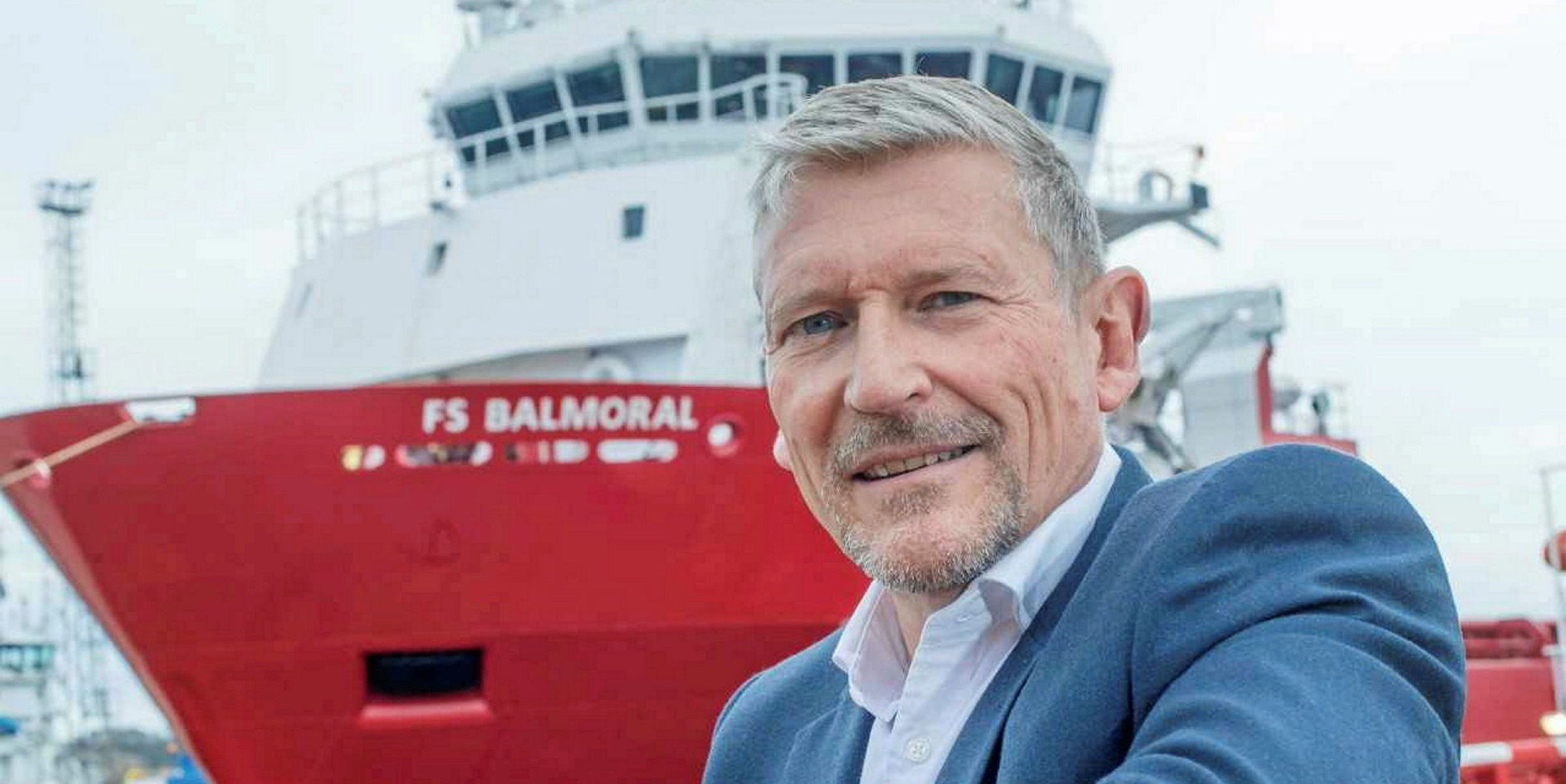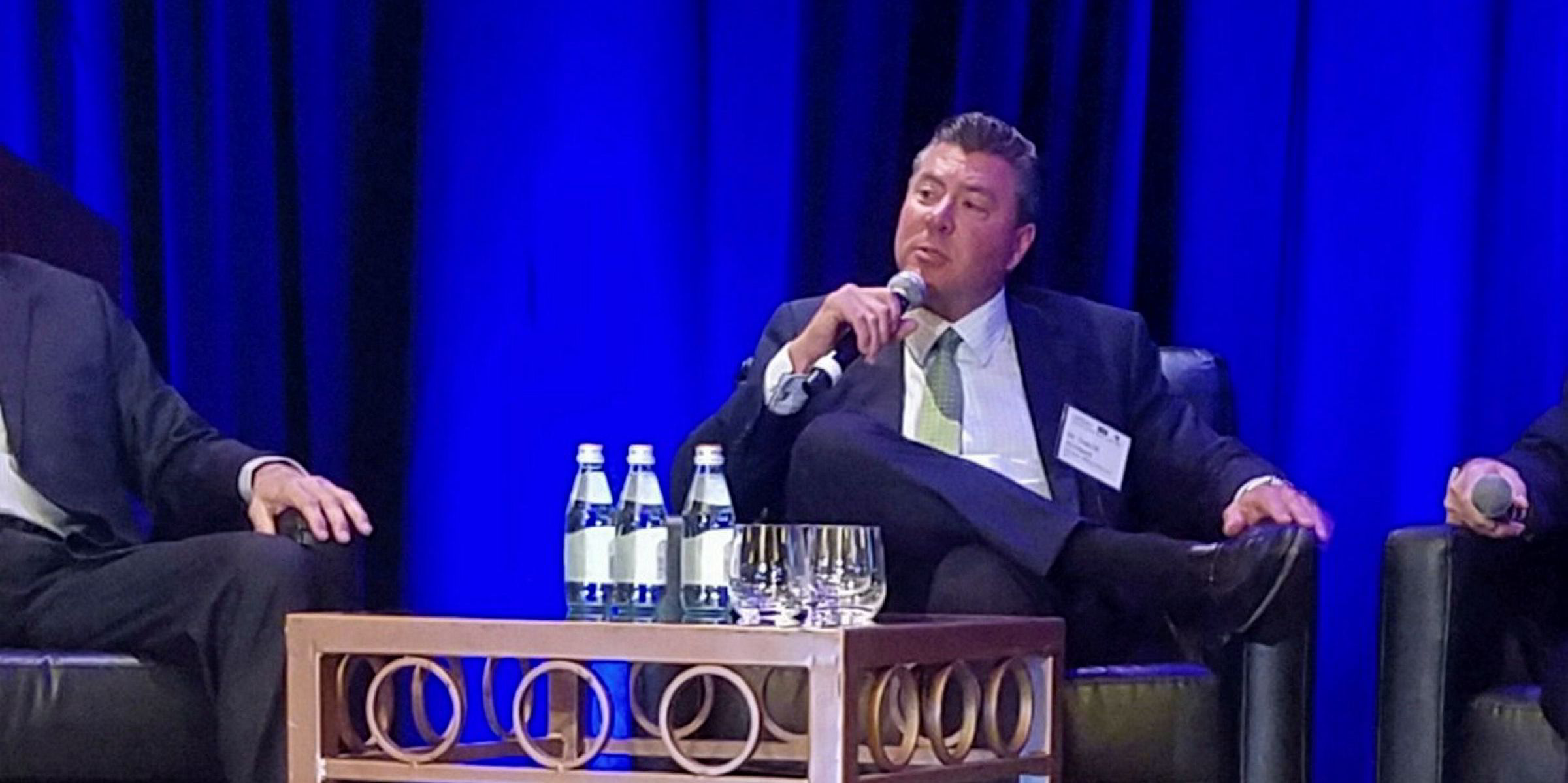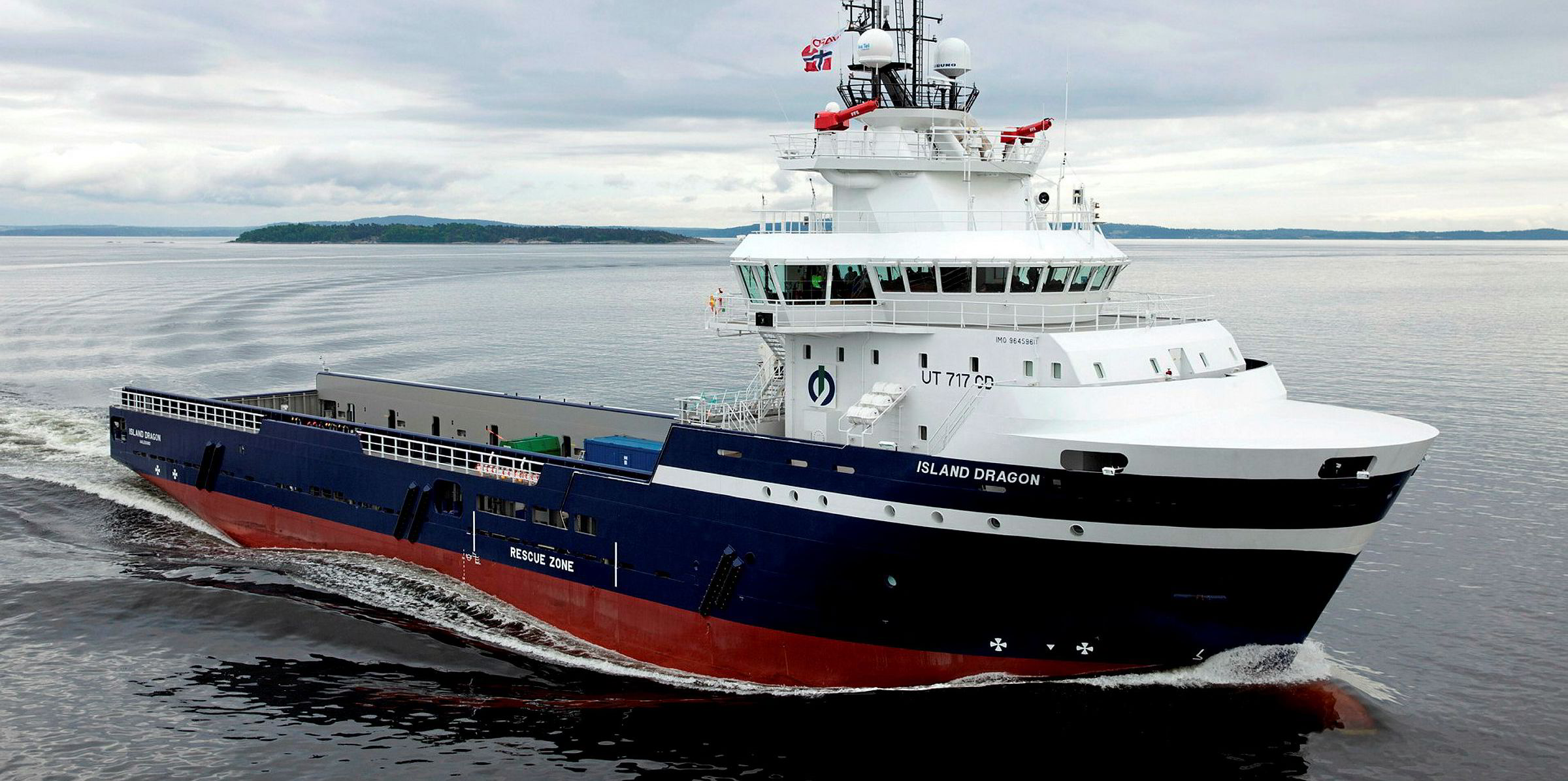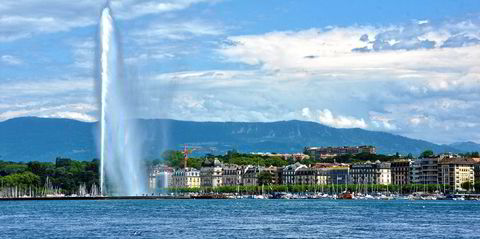Offshore supply vessel owners risk falling into the "insanity' of a "newbuilding frenzy" if they maintain a traditional boom-and-bust mentality when managing the current market upturn.
This is the warning from Keith Fletcher, managing director of Fletcher Shipping, which runs Norwegian owner SD Standard Drilling's platform supply vessel fleet.
Outlining his hypothesis, Fletcher says some companies are being left hamstrung in the current market: under pressure from lenders to fix ships often at soft rates on medium to long-term deals to deliver earnings.
Not only do these deals leave shipowners unable to capitalise on rising levels, he says, but they could restrict tonnage supply to the point that it will trigger a rush for newbuildings.
Supply shortage
"Companies who continue to have the support of their lenders, and were able to delay capital and interest repayments, will unfortunately continue to struggle with this legacy for some time to come," Fletcher says.
"In order to achieve visibility of earnings, these owners have been under pressure to fix for both medium and long-term work at ‘yesterday's’ rates."
Fletcher adds: "Therefore, they are unable to take full advantage of today’s rising market, and it will take a number of years before they can return to favourable trading conditions.
In order to achieve visibility of earnings, these owners have been under pressure to fix for both medium and long-term work at ‘yesterday's’ rates
"Then, when they do, they will need to sell their vessels because they are in excess of 15 years old.
"We will then be back into a newbuild frenzy, building ships with more bells and whistles to meet changing legislation and our charterers' demands.
"Funny how history has a habit of repeating itself, or as a good friend of mine keeps reminding me: the definition of insanity is doing the same thing over and over and expecting a different result."
Recovery to continue
Fletcher is largely optimistic that the current market recovery will continue — and says he even saw it coming.
"We saw the potential for a tightening of the market as early as November 2018," he says.
"However, it was difficult to get support and gain market confidence, as many industry experts were still forecasting ‘doom and gloom’ and ‘over-supply’ for 2019."
A number of pipe-haul contracts are set to continue through the second quarter of 2019, with additional projects being added by companies such as Allseas Group, Saipem and Equinor.
All of these involve large PSVs. While there are units still available, the majority are employed on profitable medium or long-term contracts, Fletcher says.
Owners have a track record of shooting themselves in the foot
This tightening in demand for larger vessels results in the other market segments becoming more active, as medium to 850-square-metre-deckspace vessels start to trade places with larger PSVs.
"Following the departure of these larger vessels from both the UK and Norwegian sector of the North Sea, availability has reduced, allowing owners' confidence to increase," Fletcher says.
"With confidence comes a step change in attitude, and it is this changing attitude that owners are now able to use to their advantage."
There remain some doubts over whether increases in day rates can be maintained, as the pipe-haul contracts are not long term. The vessels supporting these projects will return one day, Fletcher says.
"Owners have a track record of shooting themselves in the foot," he adds. "We are already witnessing vessels heading to the North Sea direct from Chinese yards, and we continually hear rumours of vessels being reactivated. This can only have a negative impact on current day rates."
'Broker euphoria'
He says: "Ultimately, we operate in a supply-and-demand environment. Owners can quickly get carried away with broker euphoria when rates in excess of £20,000 ($25,600) or NOK 200,000 ($22,900) are being reported.
"However, with only two variables to play with, utilisation and day rate, it is the 'effective day rate’ that is all important.
"We can be the last vessel in port and achieve the highest day rate, but you can be guaranteed that you will be the first vessel back into port.
"The skill is simply to increase utilisation and increase day rates at every opportunity."
He adds: "I believe that if owners manage the gradual return to work of vessels currently in layup, and do not all head for the same region, then the current rising day rates can be maintained.
"I am of the opinion that after five years of famine of global exploration drilling, and the now apparent lack of oil reserves ... the increased activity must continue.
"I am no expert, but after 33 years in this industry the peaks always get steeper after a downturn, and we have never witnessed one so deep or prolonged as this, so this is one peak I’m looking forward to climbing."







